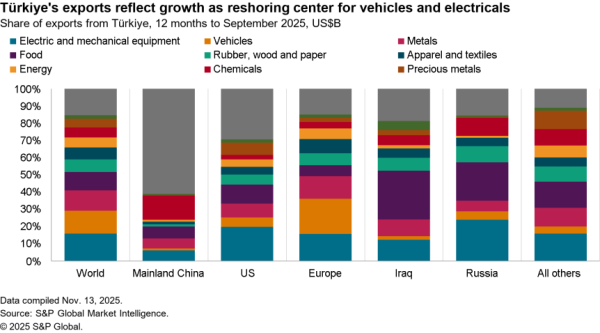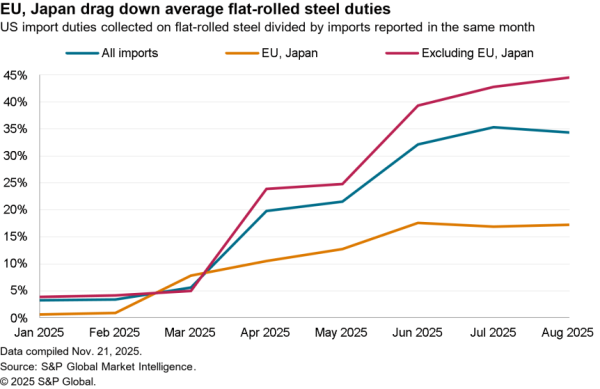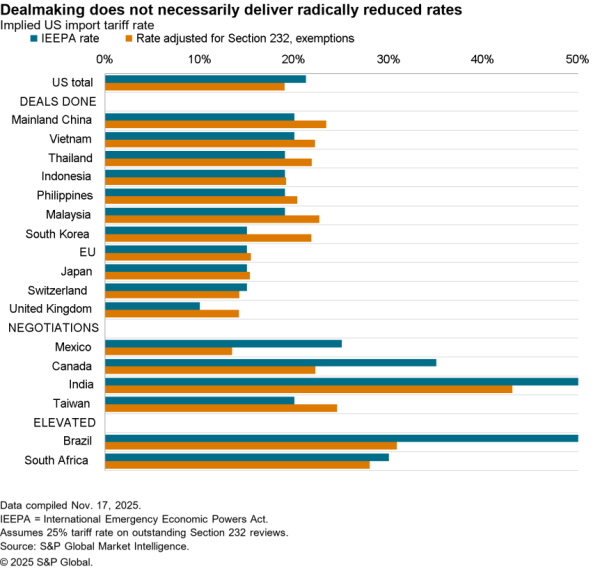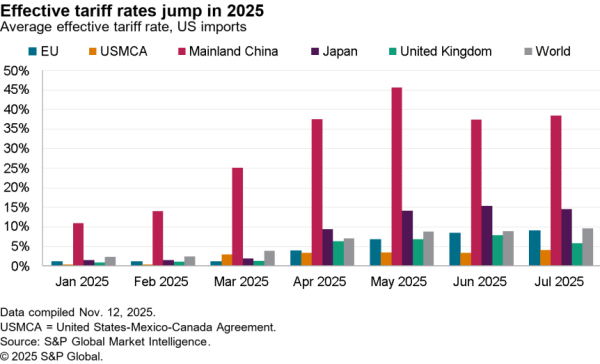The office of the U.S. Trade Representative has opened a comments period in its section 301 review of digital services taxes that have been put in place in six countries, with proposals for retaliatory tariffs against three EU states ( Austria, Italy and Spain) as well as India, Turkey and the U.K.
That continues a process started under prior USTR Robert Lighthizer under the Trump administration, as flagged in Panjiva’s Jan. 19 research. These actions are retaliatory tariffs for digital services taxes enacted by these countries that allegedly target American companies, as noted in the Panjiva Q2’21 Outlook.
USTR has stated this is designed “to preserve procedural options” under the section 301 process even though the OECD route to a global solution DSTs is preferred. Investigations of the EU and Brazil have been suspended as they have yet to impose their taxes. The USTR actions must pass through several rounds of review before being enacted. World Trade Organization complaints are likely.
The proposed tariffs cover exports from the targeted countries to the U.S., targeting mostly luxury goods. That’s a common class of goods that were also targeted in the aerospace subsidy dispute with the EU and U.K. that has entered a pause period, potentially leaving “room” for tariffs.
Panjiva’s data shows that the U.K. has the largest value of products targeted for tariffs mentioned in the USTR filing, with $803 million of U.S. imports in 2020. Cosmetic products lead with $129 million of shipments followed by $129 million of air conditioners and freezers.
Turkey was the second largest, with $511 million led by carpets and ceramics, while footwear from Italy and Spain, Indian chairs and Austrian optical devices also feature. The scale of the targeting may reflect the value of DST being imposed in each country.

Source: Panjiva
The tariffs on cosmetics are the largest single product category targeted by the new tariffs. Those are mostly linked to exporters from the UK, covering $366 million of imports in 2020, with another $11 million dollars coming from imports from Italy. This covers perfumes, make up, hair products, oral hygiene, as well as shaving products.
Panjiva’s U.S. seaborne import data shows that Natura and Molton Brown, a subsidiary of Kao Corporation, are among the largest imports of cosmetics to the U.S. from the United Kingdom, accounting for 246 TEU and 111 TEU of imports respectively in 2020.
Both companies saw large declines in imports during the pandemic, with Molton Brown associated volumes from the UK falling by 76.5% year over year in Q2’20 while Natura imports fell later, reaching a decrease of 81.3% year over year in Q4’20.
The timing difference between these companies suggests a variation in strategy, with Molton Brown reacting quicker to the pandemic and pulling back imports. This may have paid off, as seaborne data from January and February shows an increase of 5.2% year over year. Natura still saw a decline of 55.6% in that same period.
Import patterns for the companies, and others shipping similar products, may be distorted if they choose to try and preempt the new tariffs by accelerating inventory build in the U.S. Given their positioning as luxury goods though, suppliers may choose to try and pass the higher costs through to consumers.

Source: Panjiva




